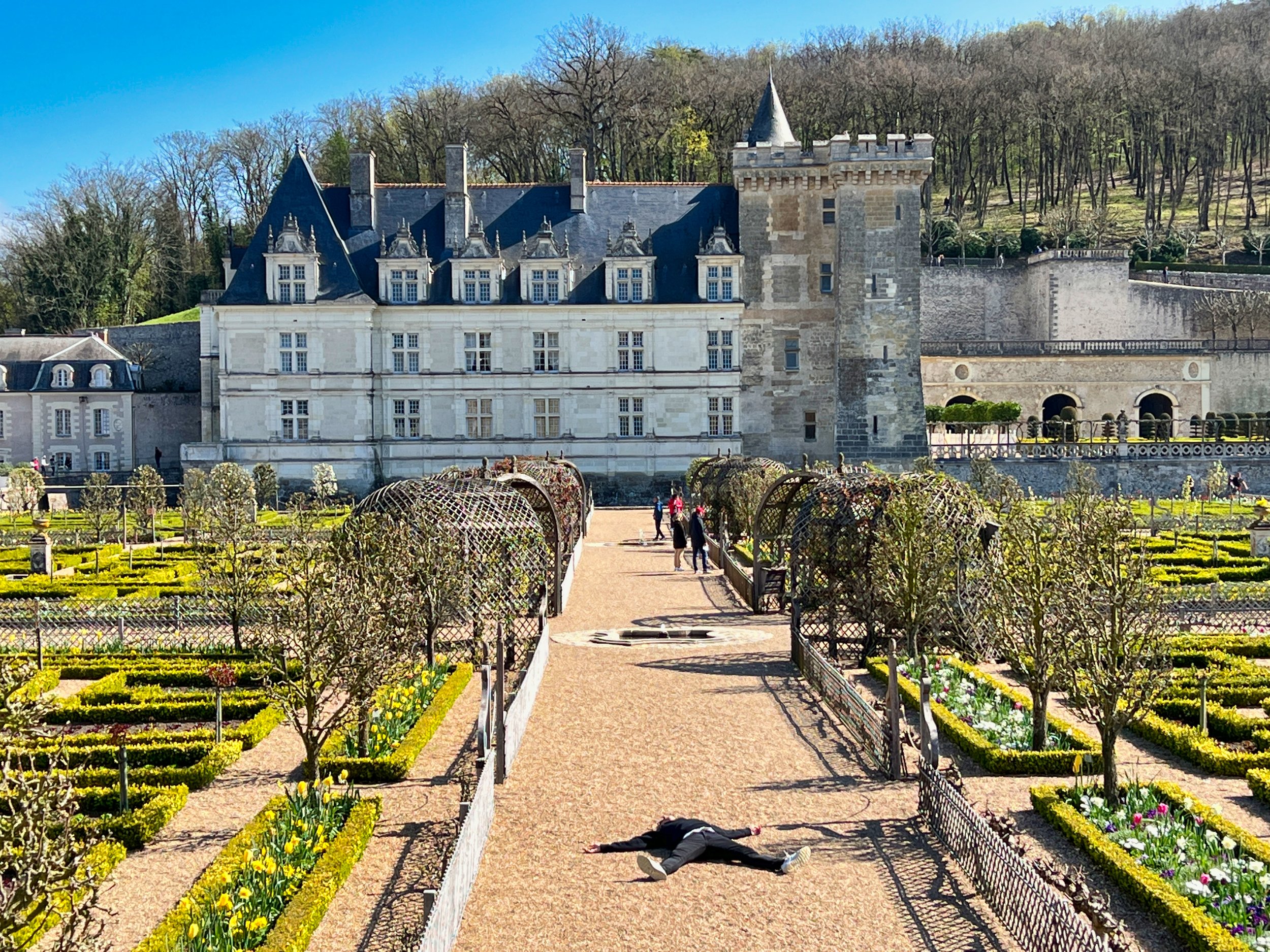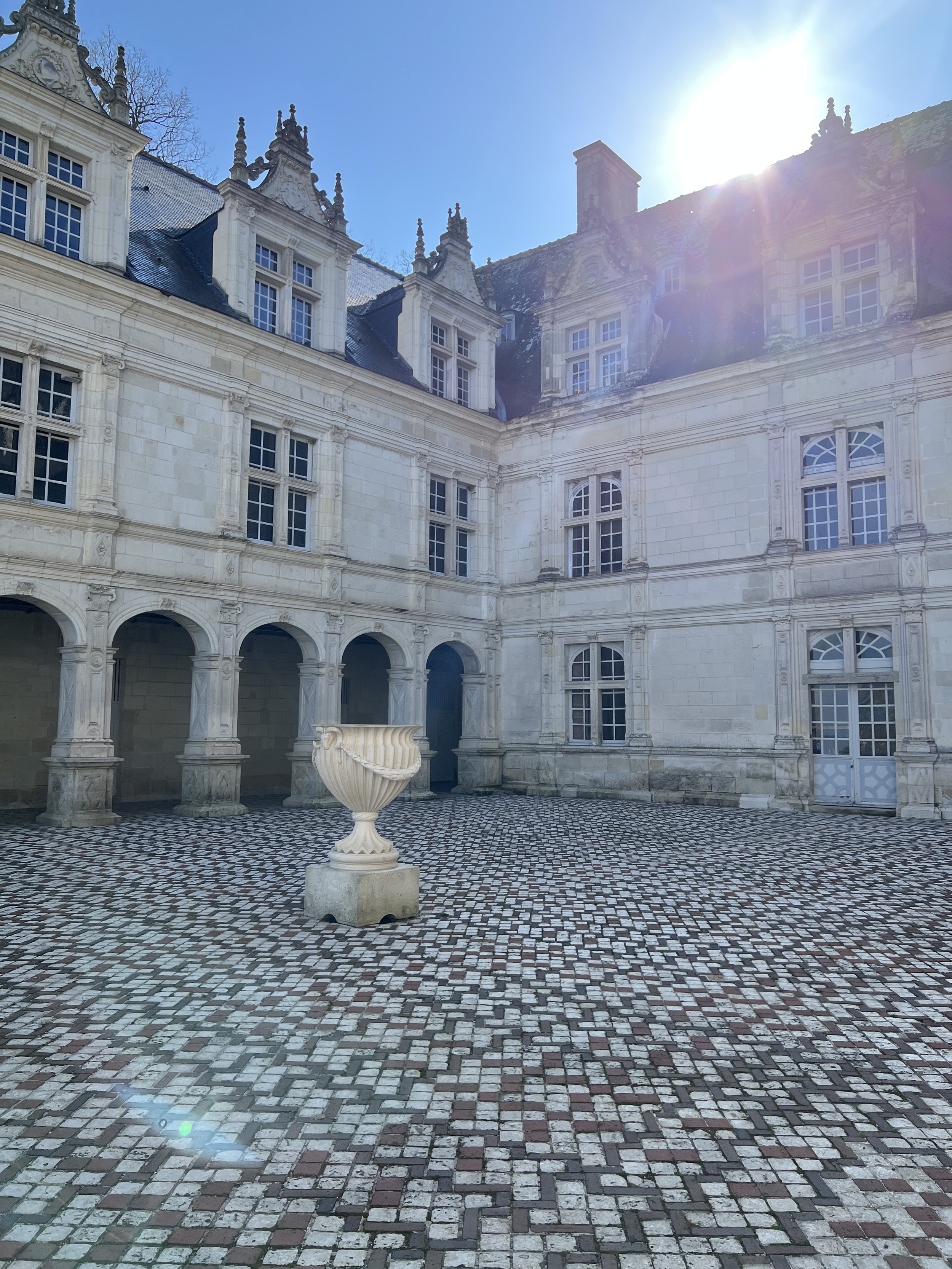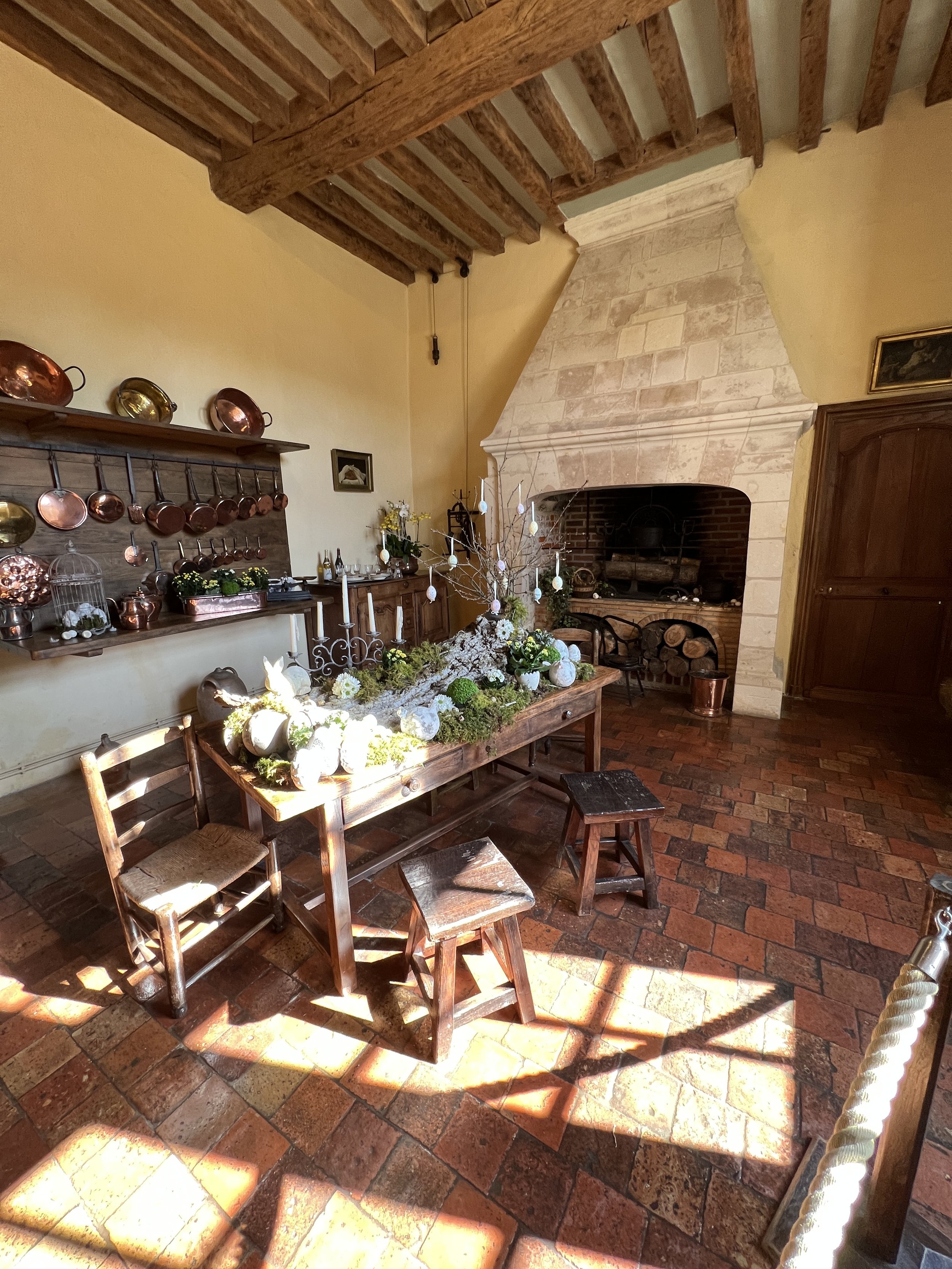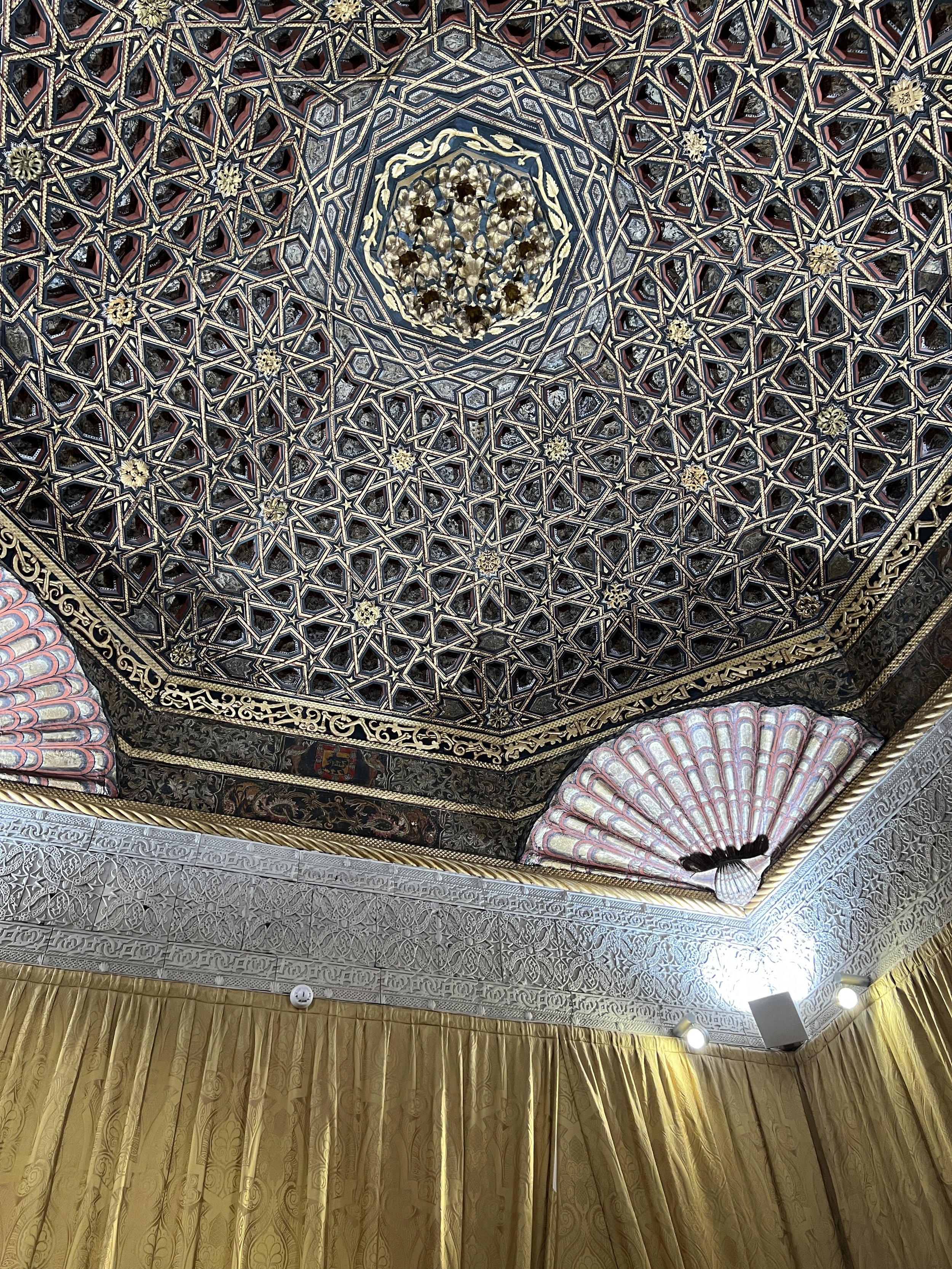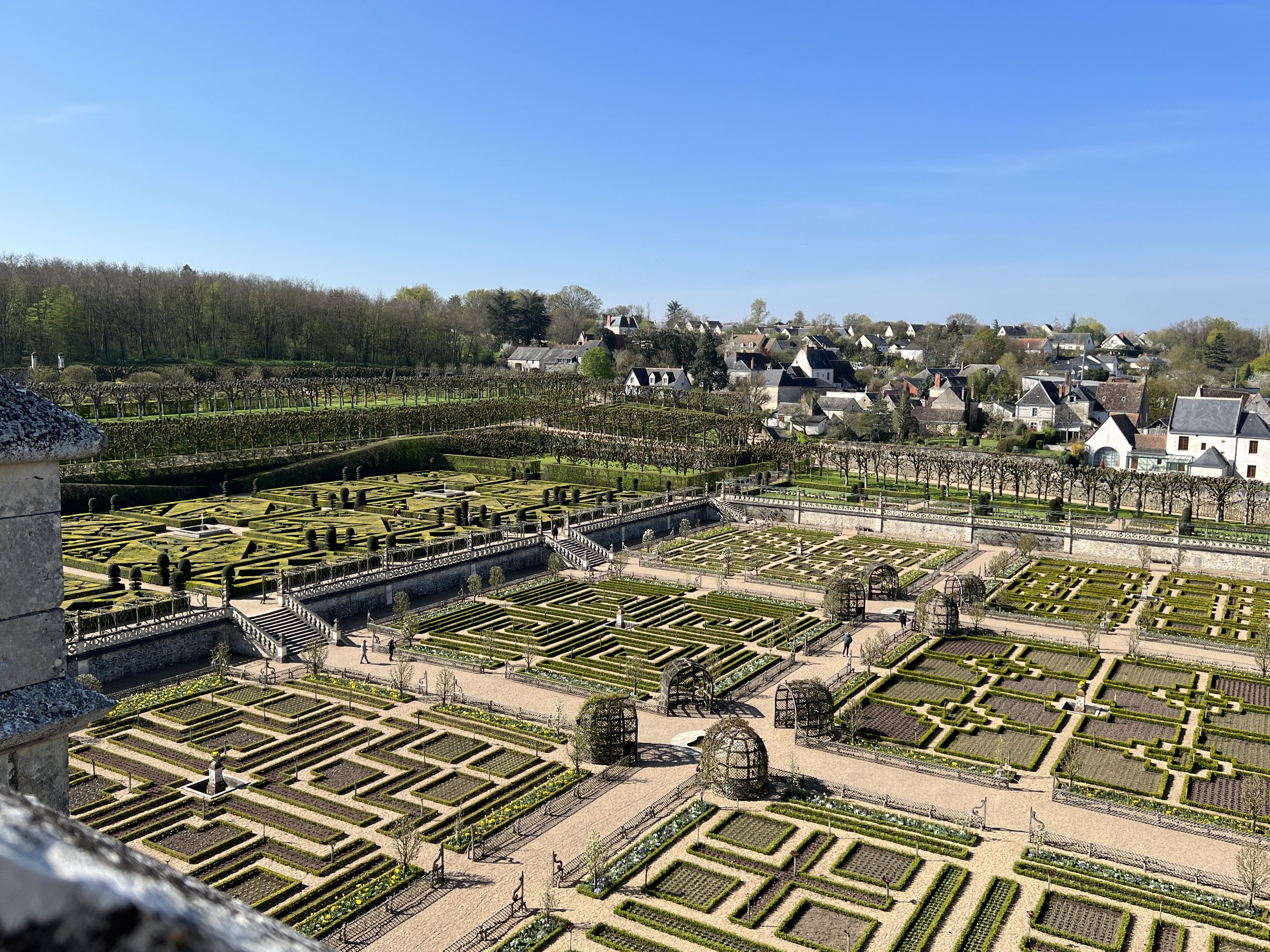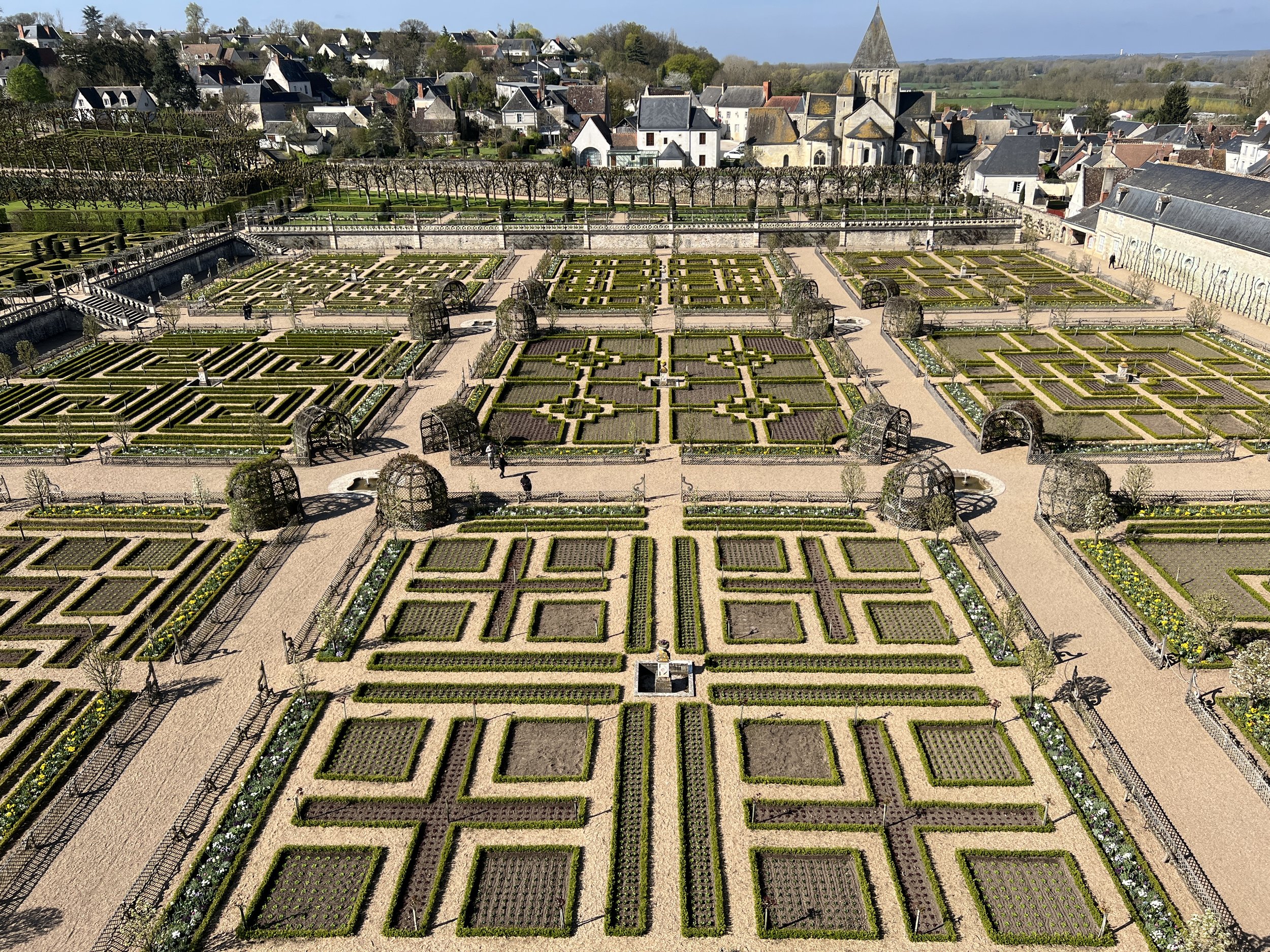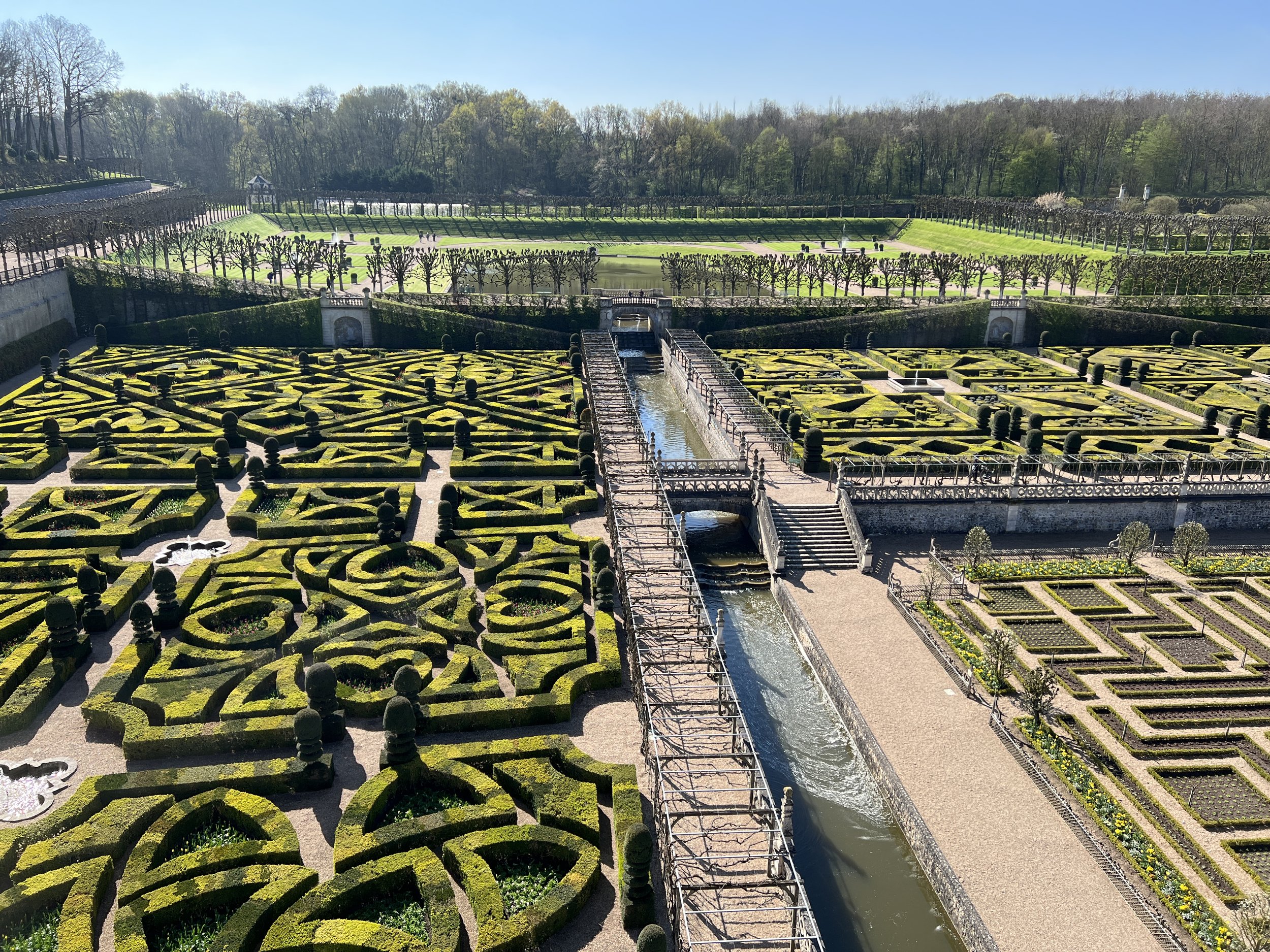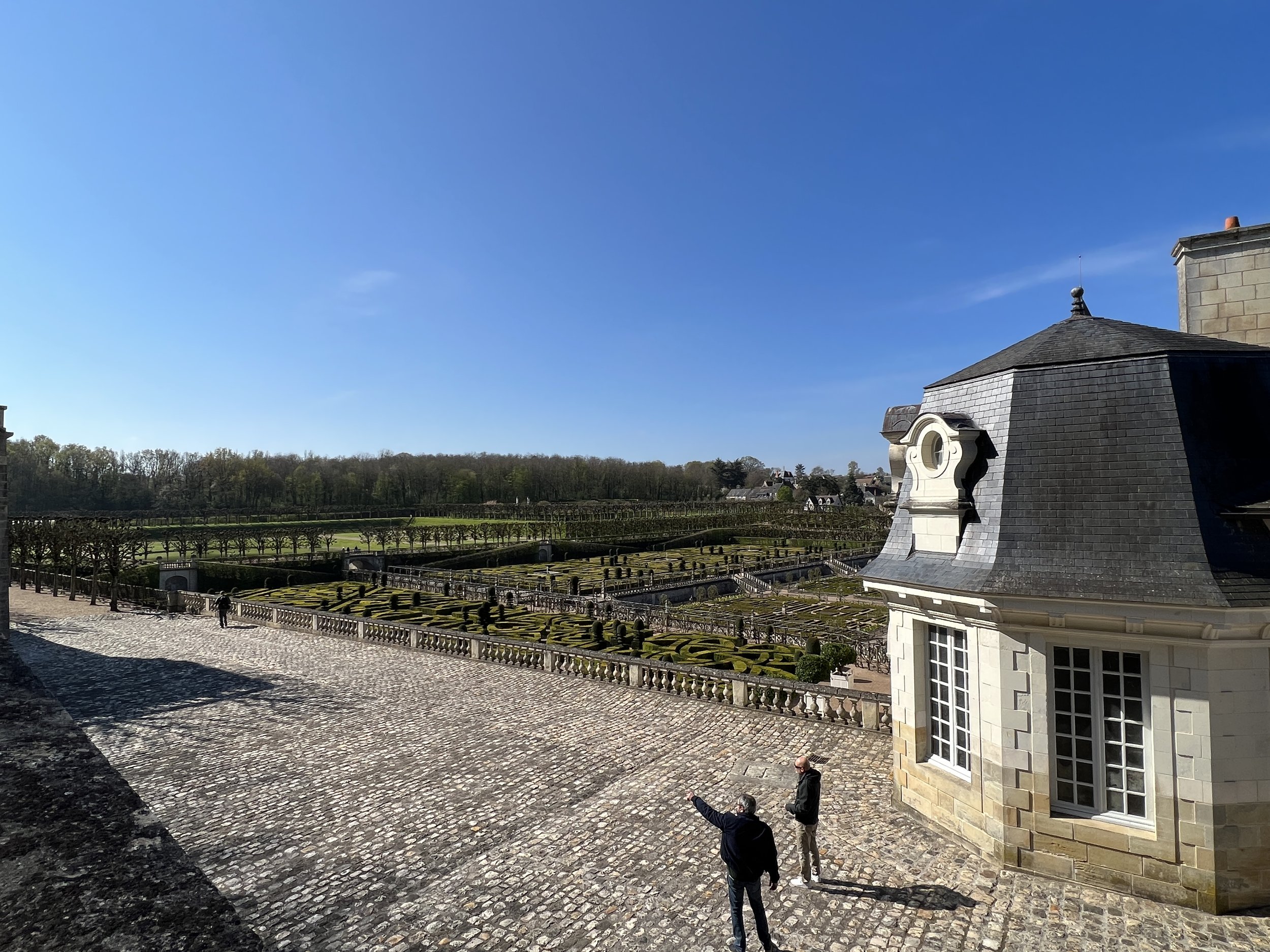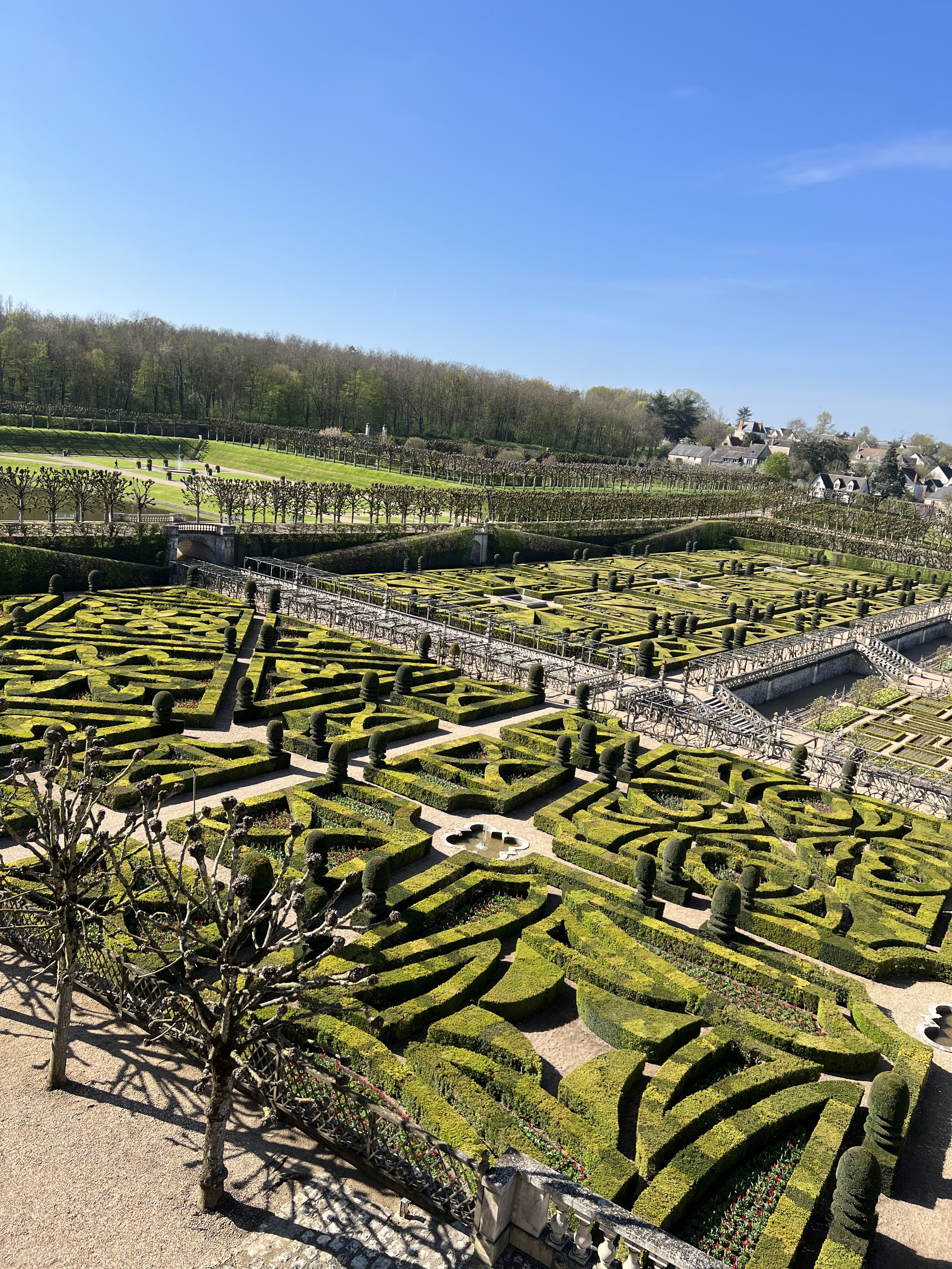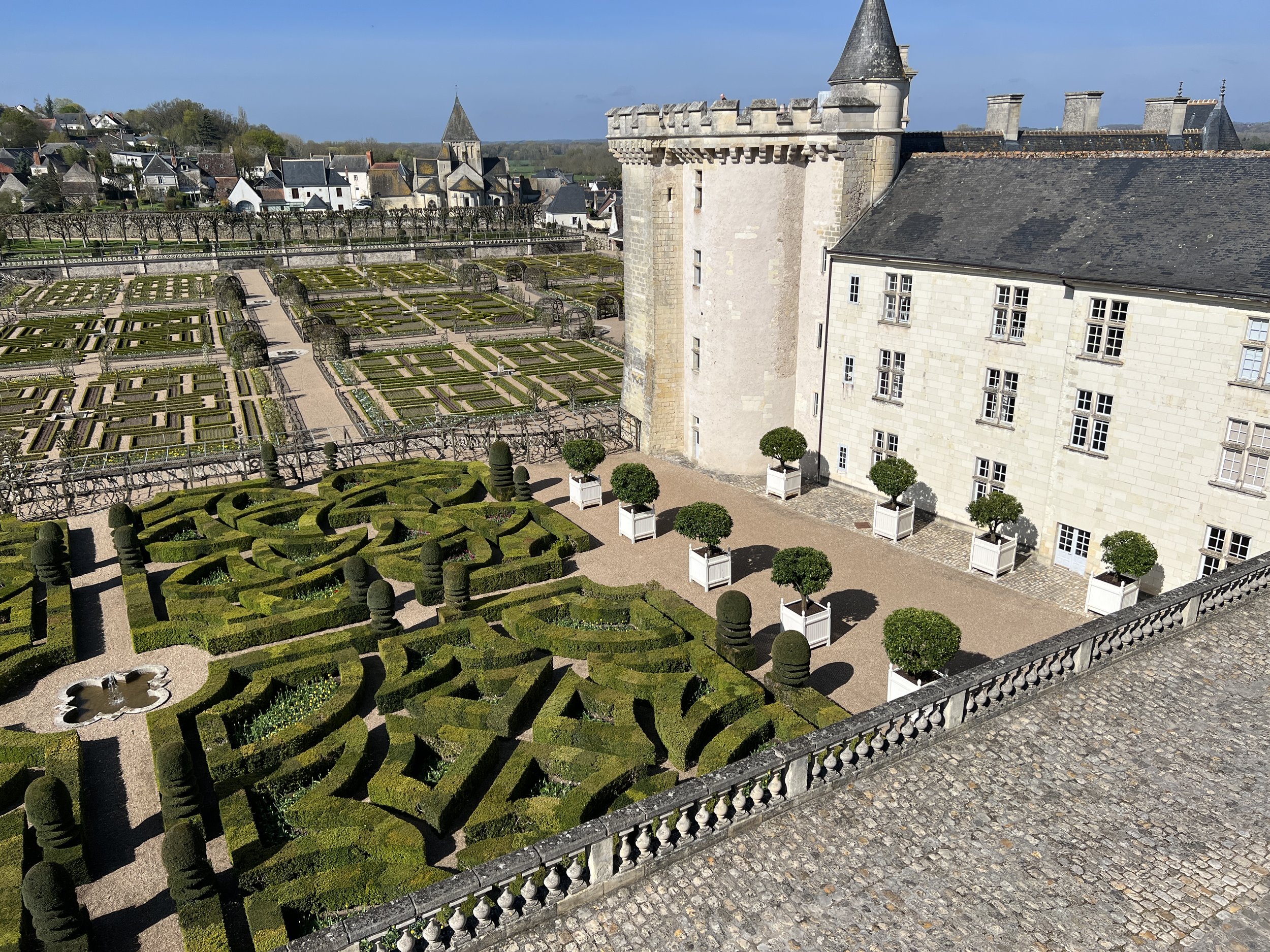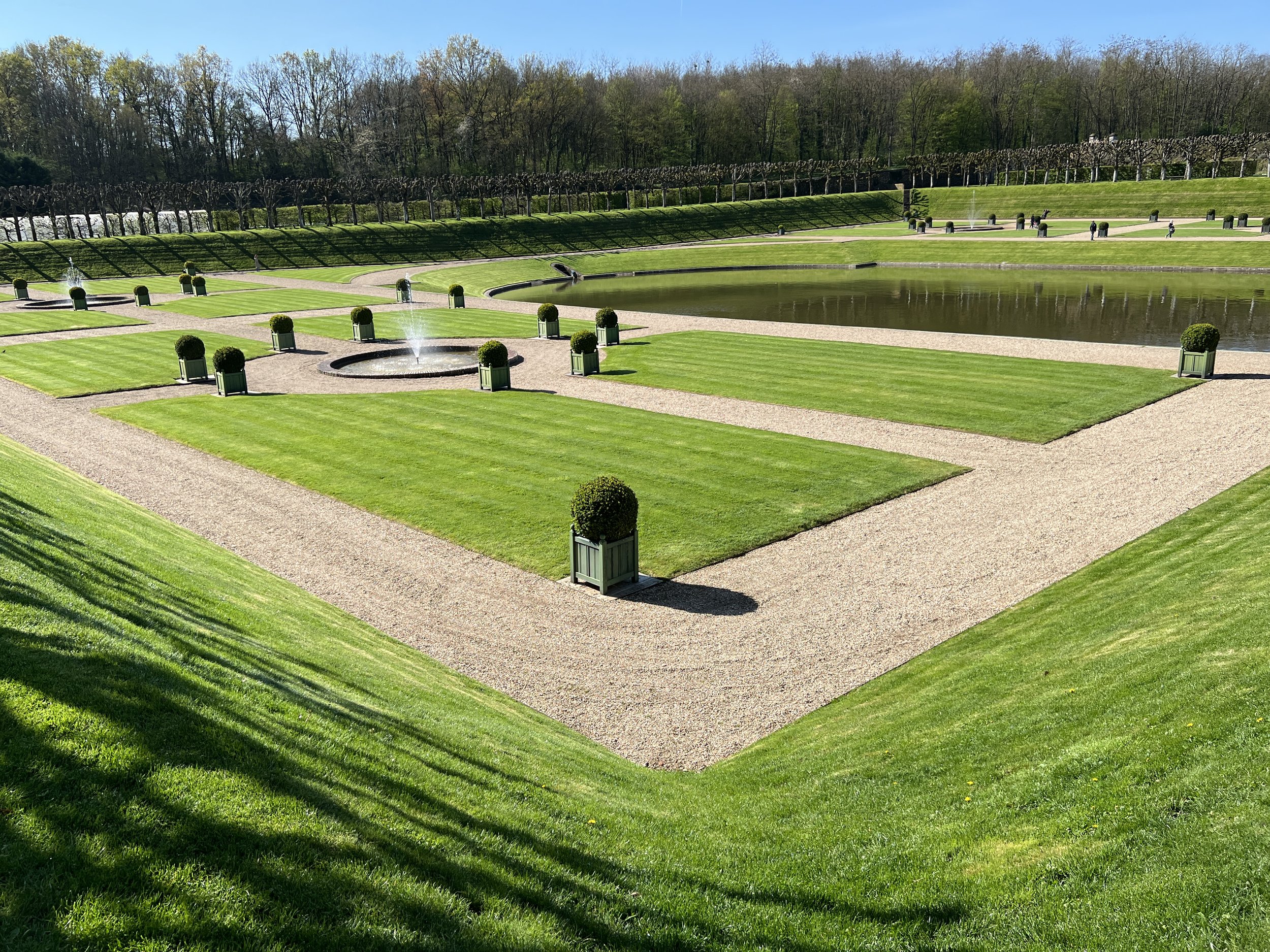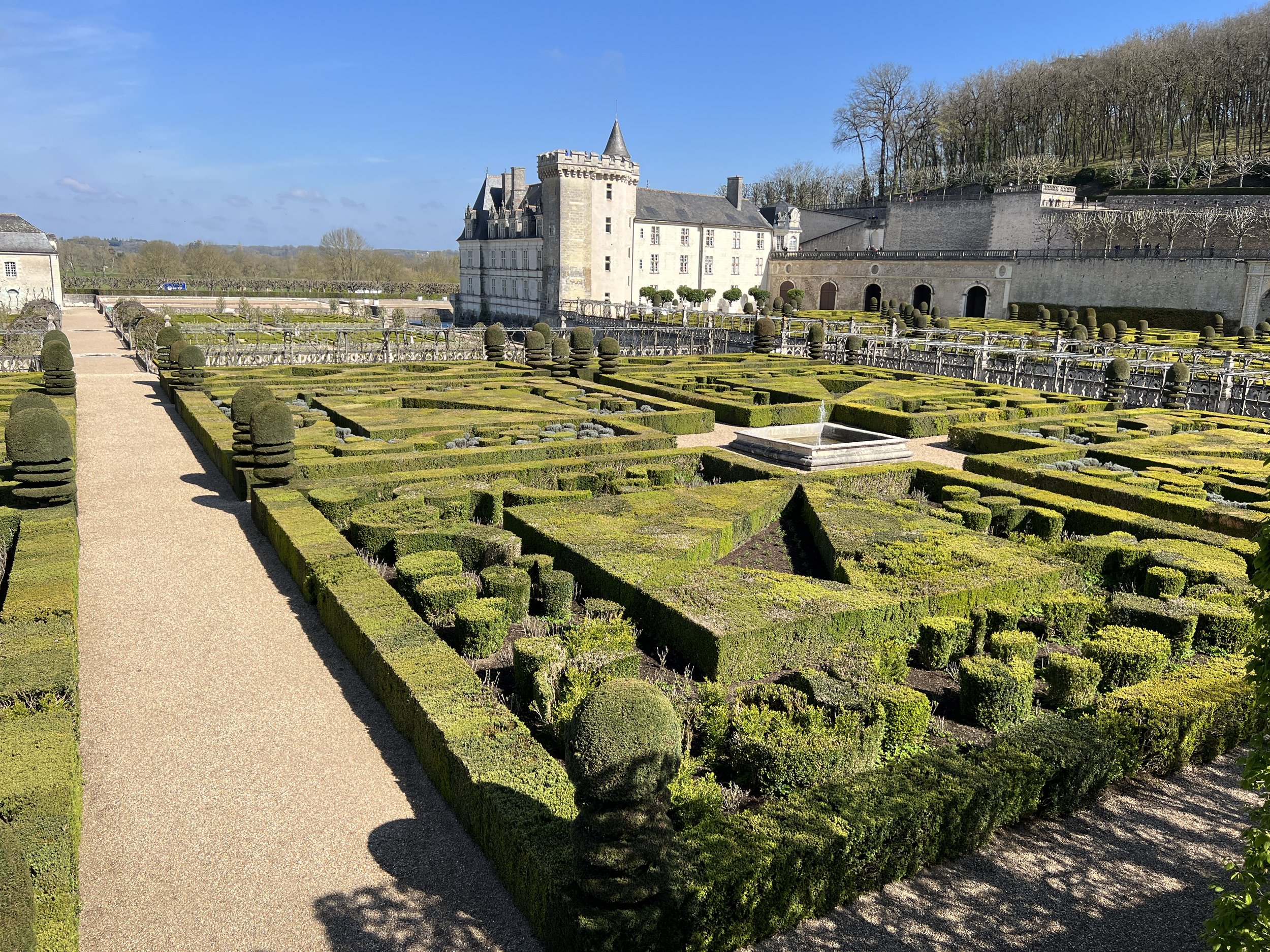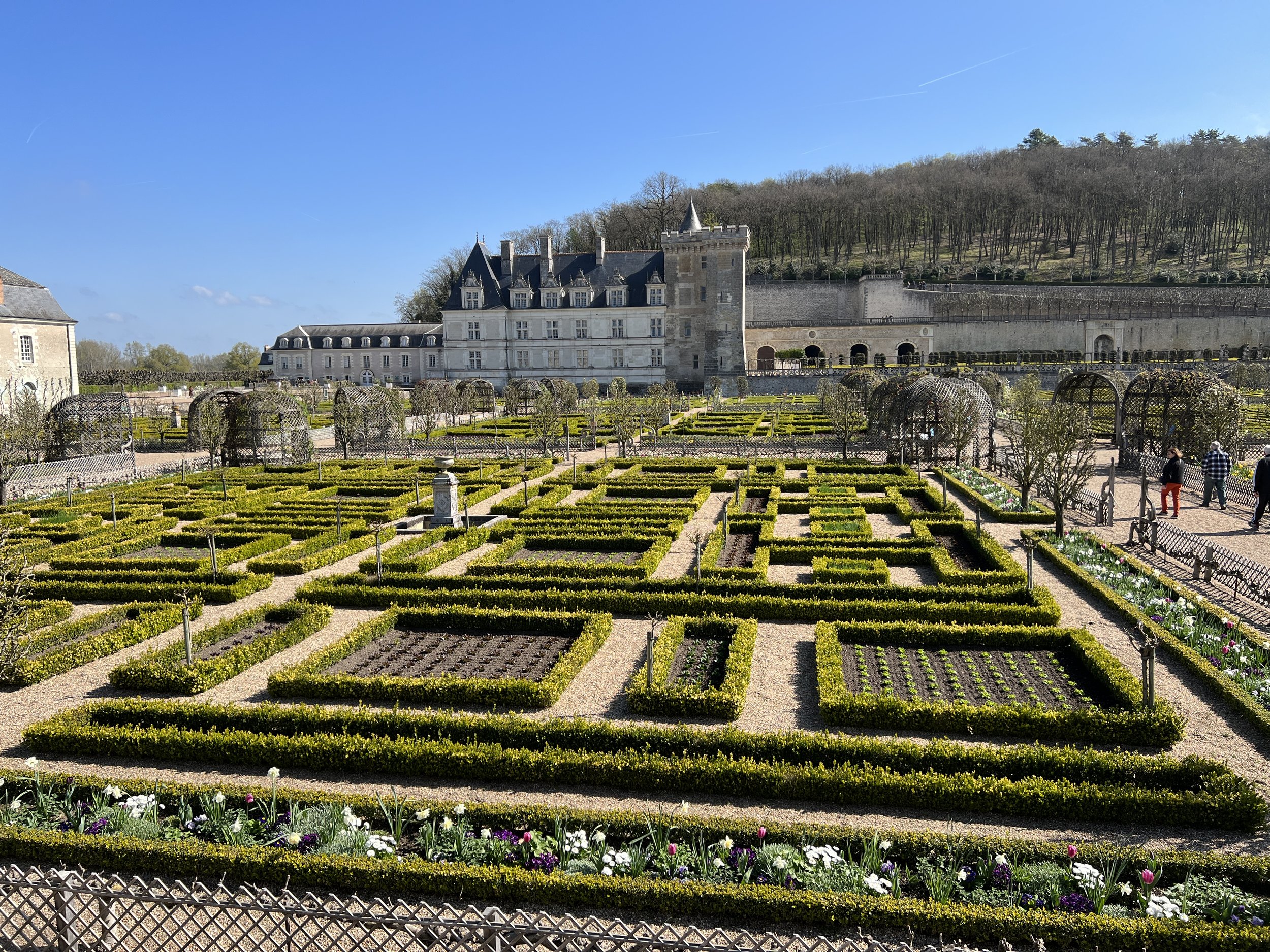Château de Villandry
Villandy castle
The Château de Villandry is an exceptional example of Renaissance architecture, situated in the Loire Valley in France. It is one of the most beautiful and best-preserved castles in the region, attracting thousands of visitors each year.
The castle was built in the 16th century by Jean Le Breton, a French diplomat who served as Secretary of State to King Francis I. The castle is a magnificent combination of traditional French Renaissance architecture and Italian Renaissance garden design. The castle boasts beautiful turrets, towers, and a grand entrance that is sure to impress visitors.
One of its most interesting owners was Joachim Carvallo, a Spanish-born aristocrat who purchased the castle in the early 20th century.
Carvallo was a man of many talents, with a keen interest in art, architecture, and garden design. He dedicated much of his life to restoring and renovating the Château de Villandry, transforming it into the magnificent castle that visitors can see today. Under Carvallo's ownership, the castle's gardens were expanded and transformed into the world-renowned masterpiece of landscape design that they are today.
Villandry gardens
What really sets the Château de Villandry apart is its stunning gardens. The castle's gardens are a masterpiece of landscape architecture, featuring a series of terraces that lead down to the river. The gardens are divided into four distinct areas, each with its own unique theme and design. These include the ornamental garden, the water garden, the kitchen garden, and the herb garden.
The ornamental garden is perhaps the most spectacular, featuring perfectly manicured lawns and a stunning array of colorful flowers. The water garden, with its fountains and reflecting pools, is a peaceful oasis that is perfect for a relaxing stroll. The kitchen garden is a testament to the castle's rich culinary history, featuring a variety of fruits, vegetables, and herbs that were once grown for the castle's kitchens. And the herb garden is a delightful place to explore, with its fragrant array of herbs and spices.
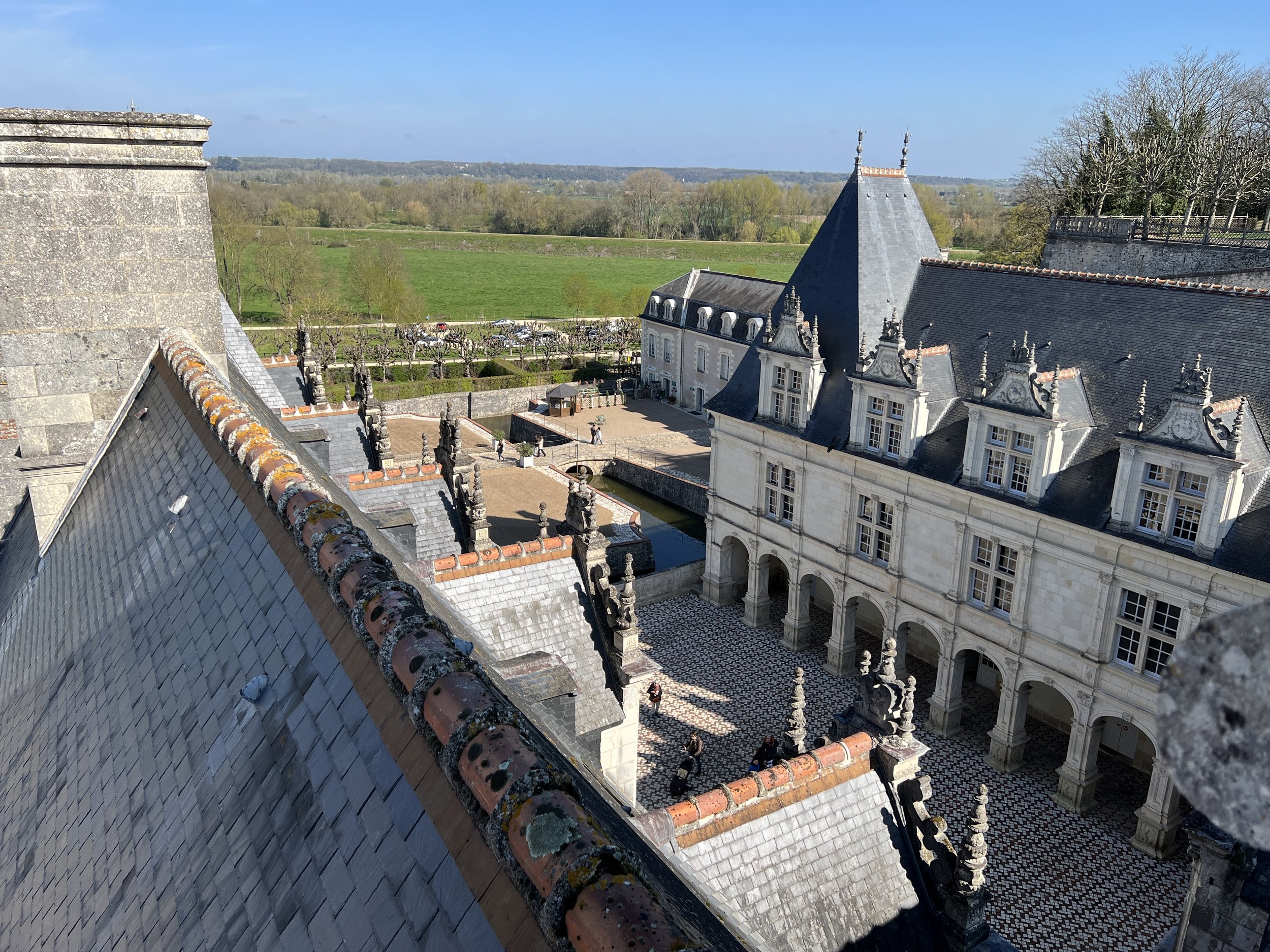
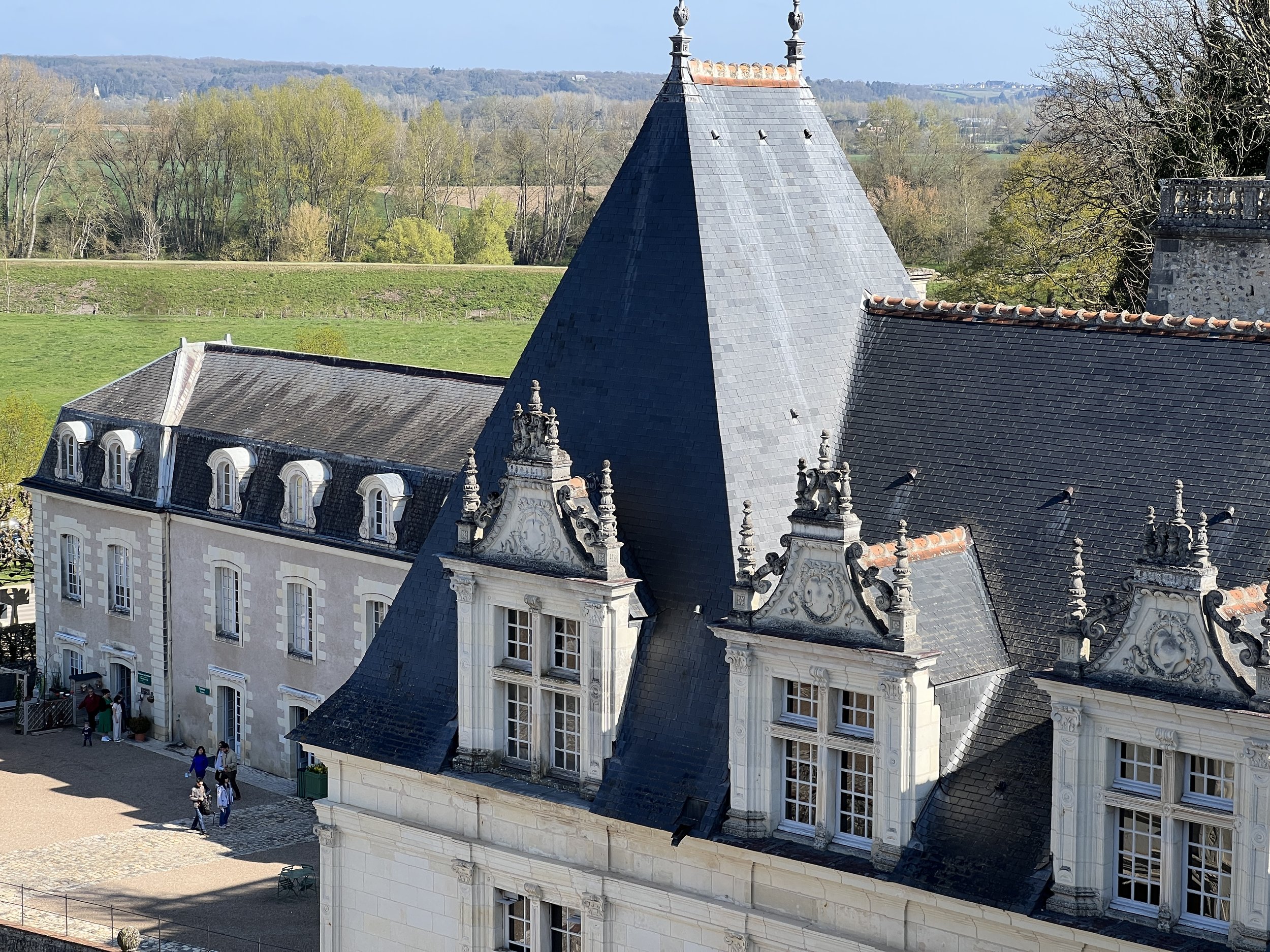
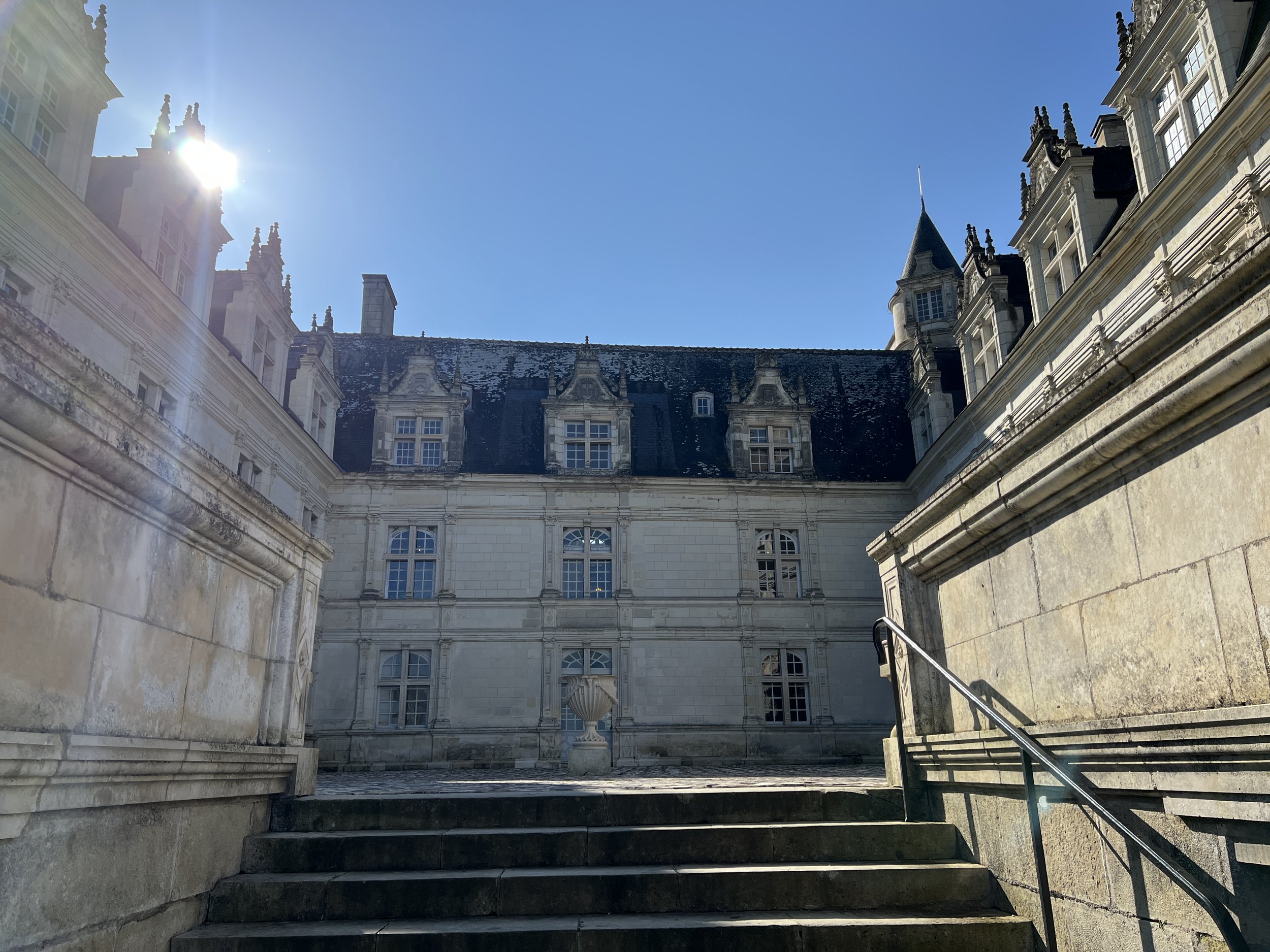
UNESCO World Heritage Site
Part of The Loire Valley between Sully-sur-Loire and Chalonnes a World Heritage Site declared by UNESCO in 2000

